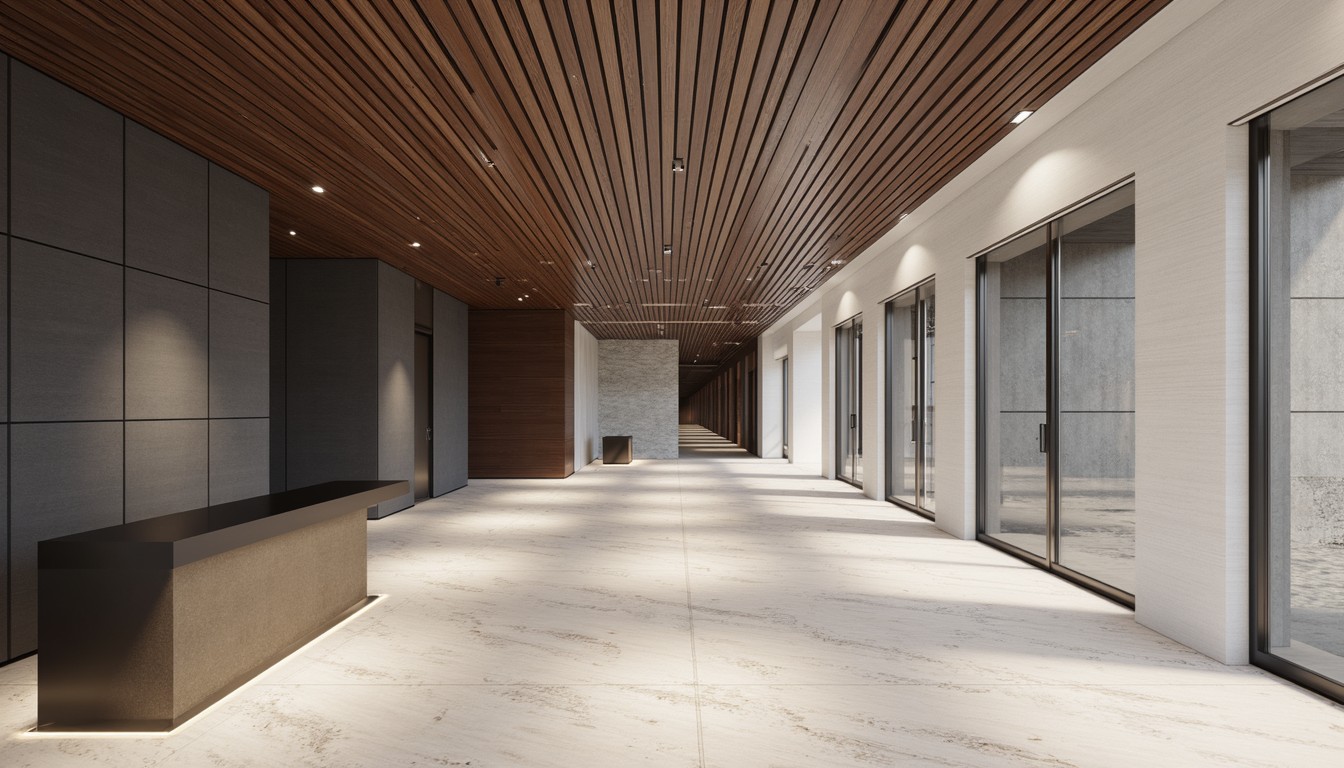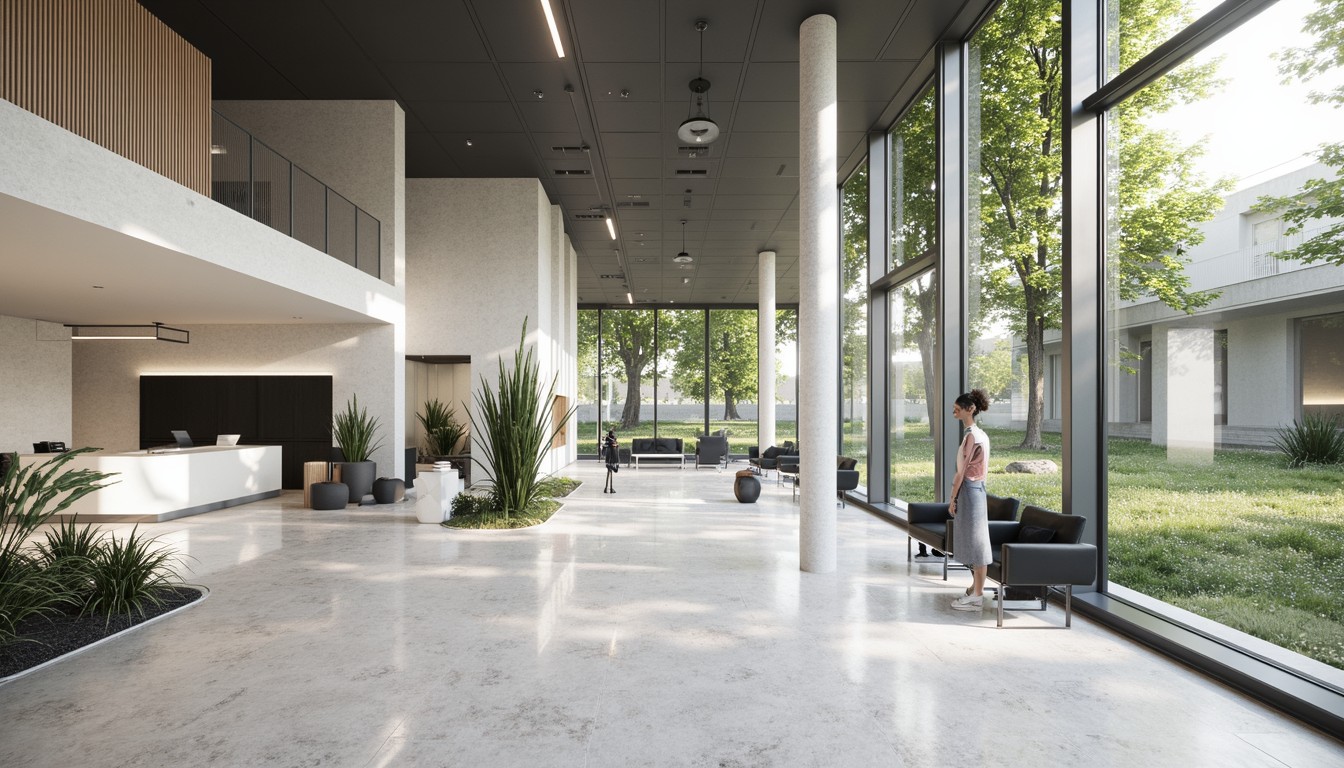BIM Integration: Seamless Construction Workflow
In today's dynamic construction landscape, efficiency and accuracy are paramount. Building Information Modeling (BIM) has emerged as a game-changer, offering a powerful platform for integrating data and streamlining workflows. But realizing BIM's full potential hinges on effective integration across all project phases. This article explores the critical role of BIM integration in achieving seamless construction and how ArchNav leverages its power to deliver exceptional results.
What is BIM Integration?

BIM integration goes beyond simply creating a 3D model. It involves connecting various software and data sources to create a centralized, collaborative environment. This includes integrating data from architectural design software, structural engineering programs, MEP (Mechanical, Electrical, and Plumbing) systems, and construction management tools. The result is a unified model that provides a comprehensive view of the project throughout its lifecycle.
Benefits of Seamless BIM Integration
Effective BIM integration offers a multitude of benefits, significantly impacting project success:
- Improved Collaboration: All stakeholders—architects, engineers, contractors, and clients—access and work on the same central model, eliminating data silos and fostering better communication.
- Reduced Errors and Conflicts: Early detection of clashes and discrepancies between different disciplines minimizes rework, delays, and cost overruns. BIM software highlights potential issues before construction begins.
- Enhanced Coordination: Streamlined communication and coordinated design ensure all elements of the project fit together seamlessly, reducing the risk of on-site conflicts and delays.
- Optimized Scheduling and Cost Control: Accurate data from the BIM model enables better project planning, resource allocation, and cost estimation, leading to improved budget management.
- Increased Efficiency: Automation of tasks like quantity takeoff and clash detection frees up valuable time and resources, allowing teams to focus on higher-level decision-making.
- Better Risk Management: Proactive identification of potential issues allows for timely mitigation, reducing the impact of unforeseen circumstances on the project timeline and budget.
- Improved Sustainability: BIM facilitates the integration of sustainable design principles, helping to optimize energy efficiency and material usage.
Real-World Applications of BIM Integration

The impact of BIM integration is evident across numerous construction projects:
- High-rise Buildings: Complex projects like skyscrapers demand meticulous coordination between multiple disciplines. BIM ensures all structural, MEP, and architectural elements align perfectly.
- Infrastructure Projects: Large-scale infrastructure projects such as bridges and tunnels benefit from BIM's ability to manage vast quantities of data and complex geometries.
- Prefabrication and Modular Construction: BIM plays a crucial role in off-site manufacturing by providing precise models for prefabricated components, ensuring accurate assembly on-site.
- Renovation and Refurbishment: BIM allows for the accurate modeling of existing structures, facilitating efficient planning and execution of renovation projects.
Challenges in BIM Integration
While BIM integration offers significant advantages, some challenges must be addressed:
- Data Management: Managing large datasets within the BIM model requires robust data management strategies and software.
- Software Compatibility: Ensuring seamless interoperability between different BIM software packages can be complex.
- Training and Expertise: Successful BIM implementation requires adequately trained personnel proficient in using BIM software and workflows.
- Cost of Implementation: Initial investment in BIM software, training, and implementation can be significant.
ArchNav's Role in Seamless BIM Integration

ArchNav understands the transformative potential of BIM and offers comprehensive services to integrate BIM into your construction projects. Our expertise in architectural visualization enhances the power of BIM by creating stunning, realistic renderings and animations that communicate design intent effectively to all stakeholders. We leverage cutting-edge technology to ensure seamless data integration and create a unified model for optimal project delivery. We help navigate the complexities of BIM implementation, providing support and guidance throughout the process.
Conclusion
BIM integration is no longer a luxury but a necessity for successful construction projects. By embracing BIM and its collaborative power, construction firms can dramatically improve efficiency, reduce errors, and deliver projects on time and within budget. ArchNav's expertise in BIM integration and architectural visualization empowers our clients to harness the full potential of BIM, leading to superior project outcomes. Contact us today to learn how we can help you integrate BIM into your next project and experience the benefits of a truly seamless construction workflow.
